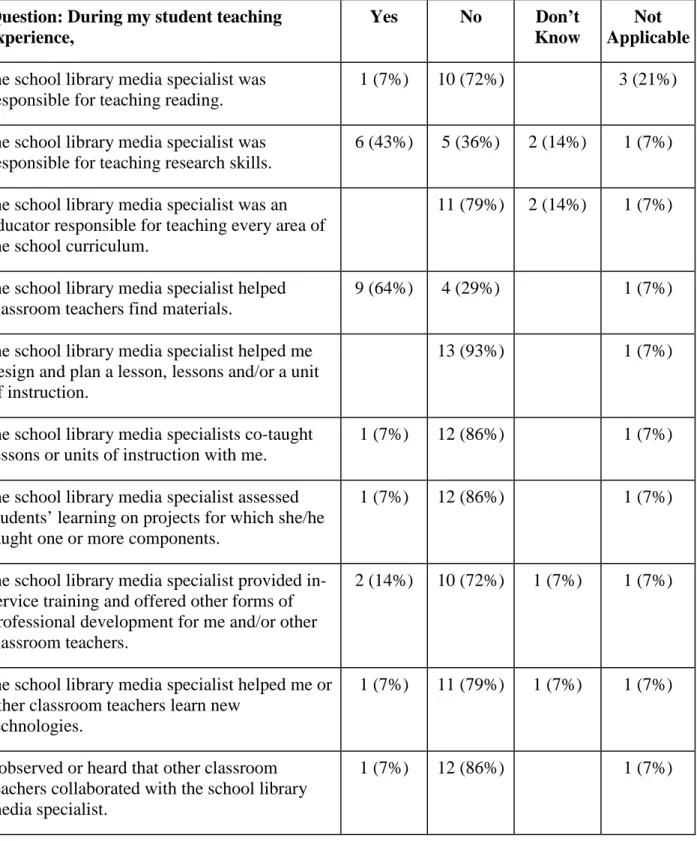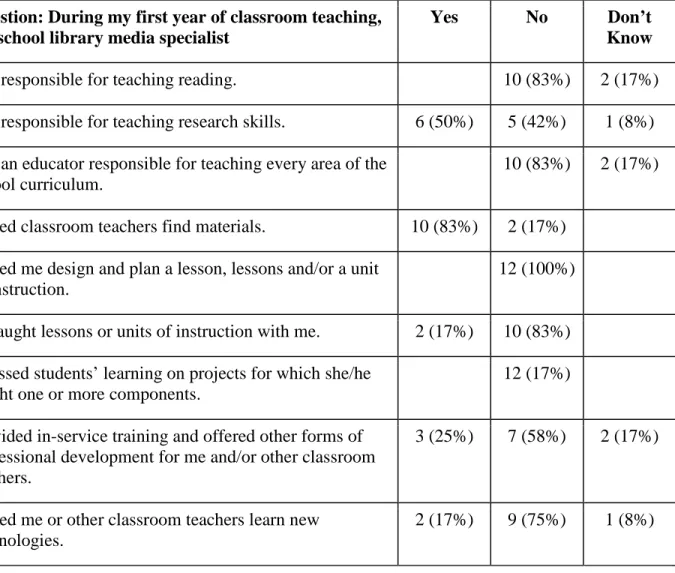Two Heads Are Better than One: Influencing Preservice Classroom Teachers Understanding and Practice of Classroom Library Collaboration
Full text
Figure




Related documents
Why psychologists must change the way they analyze their data: the case of psi: comment on Bem (2011). An agenda for purely confirmatory research. The ASA's statement on
This research is based on an interest towards the social realities of municipalities and the ways in which their reputation is formed and managed in the operation of
A previous study in [52] of a similar competitive neural network with depression and a smooth sigmoid firing rate found that in addition to an off, WTA, fusion, and escape rivalry
Historically, biblical models of leadership informs the leadership vision and efforts of the black church to bring about spiritual transformation, social change and justice in the
Based on our experience from the single-slot case, one may conjecture that the optimal allocation is given by the (multi- slot) static qν rule, defined: At each time slot,
1.50 *SS-40 Libra de Trabajo Para Centros de Tratamiento (Treatment Facilities Workbook) AA World Services, Inc.. 7.00 *SS-45 Libro de Trabajo Para Instituciones
Cloud computing is a model for enabling ubiquitous, convenient, on- demand network access to a shared pool of configurable computing resources (e.g., networks,
This study proposes to clarify some of the most important information security risk assessment models The main goal is to provide practical information for organizations





